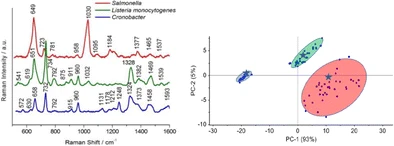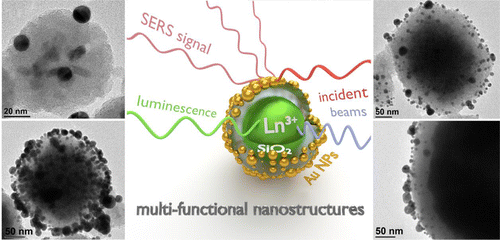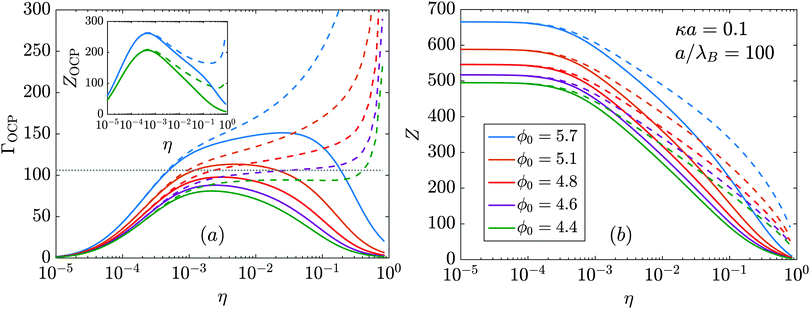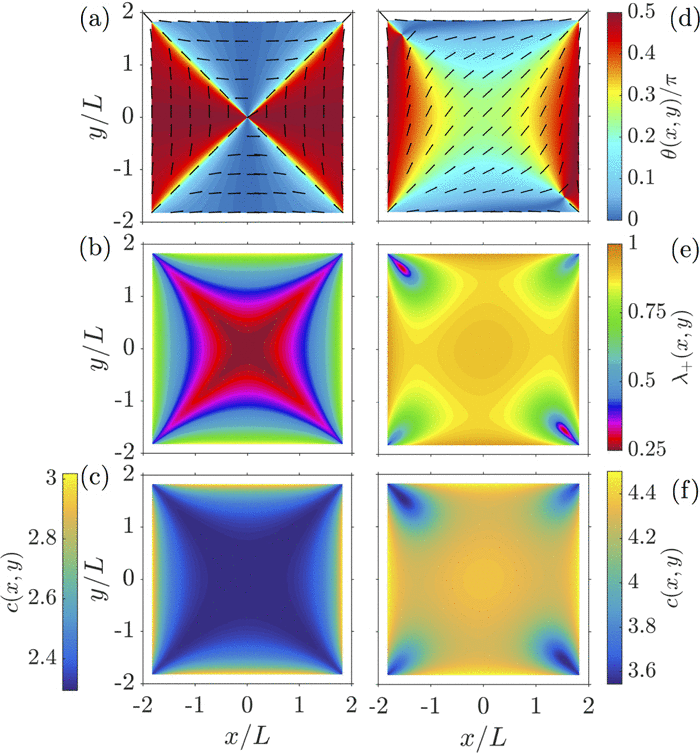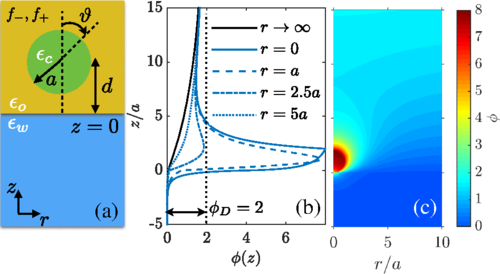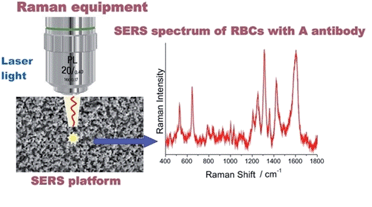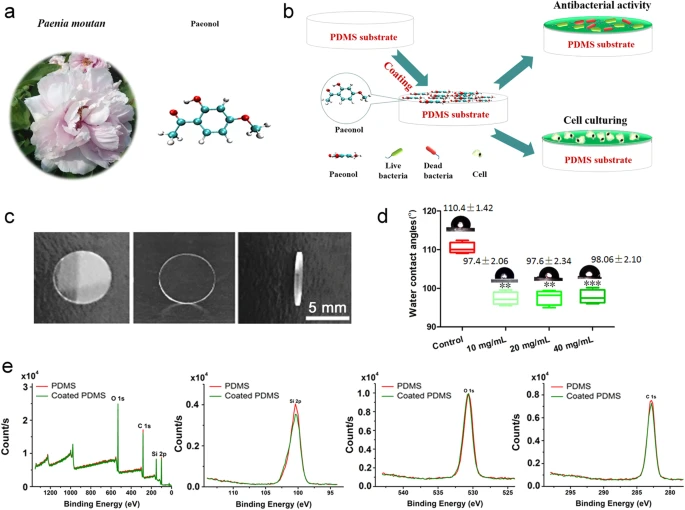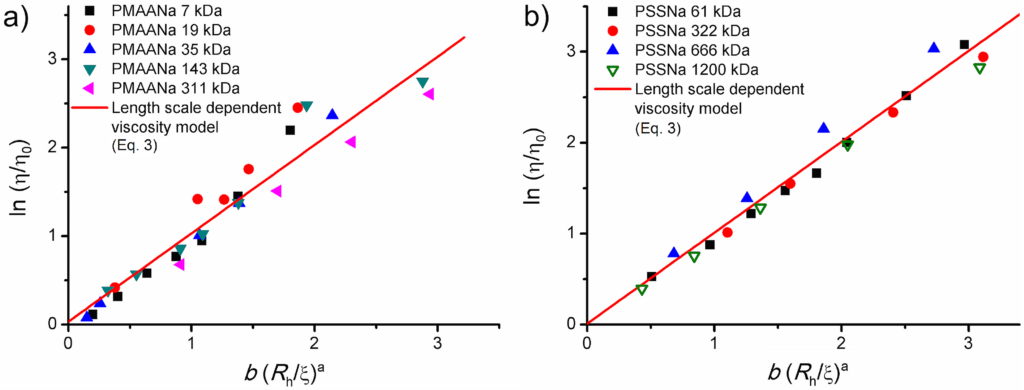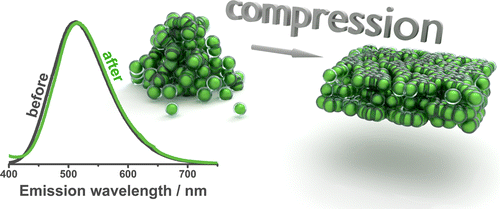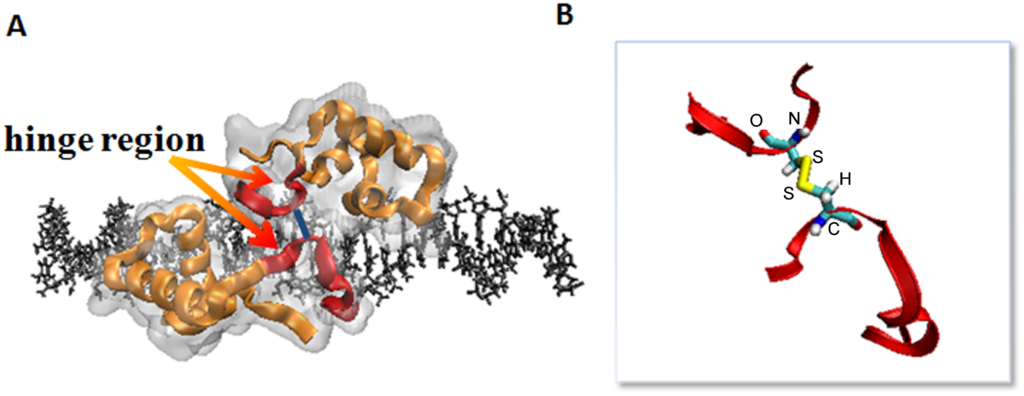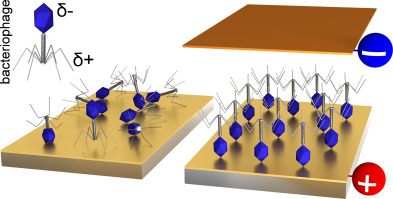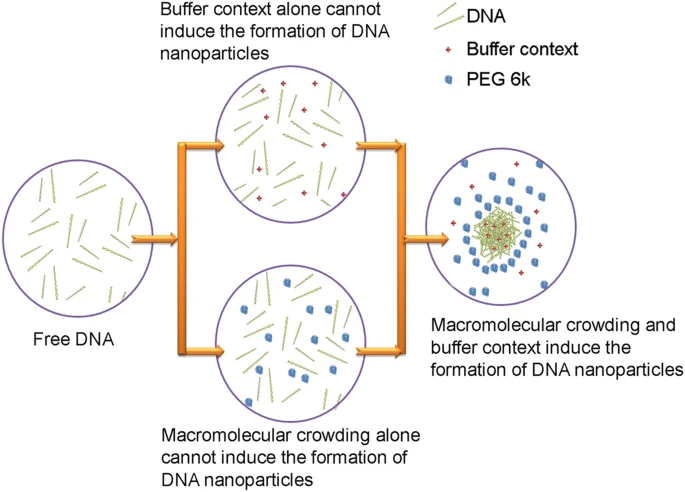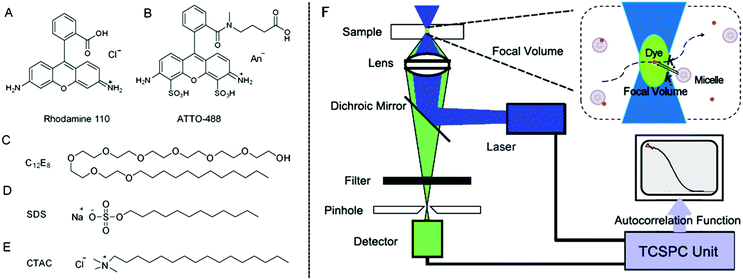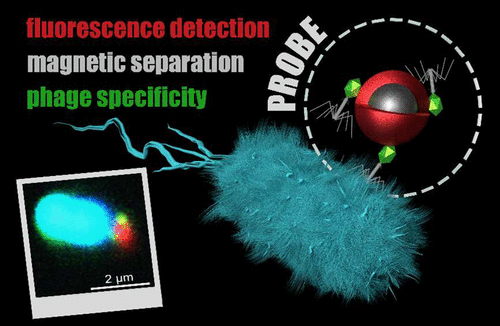
Bacteriophage-Based Bioconjugates as a Flow Cytometry Probe for Fast Bacteria Detection
M. Janczuk, Ł. Richter, G. Hoser, J. Kawiak, M. Łoś, J. Niedziółka-Jönsson, J. Paczesny, and R. Hołyst
Bioconjugate Chem. 2017, 28, 2, 419–425
Robust detection of bacteria can significantly reduce risks of nosocomial infections, which are a serious problem even in developed countries (4.1 million cases each year in Europe). Here we demonstrate utilization of novel multifunctional bioconjugates as specific probes for bacteria detection. Bifunctional magnetic-fluorescent microparticles are coupled with bacteriophages. The T4 bacteriophage, due to its natural affinity to bacterial receptors, namely, OmpC and LPS, enables specific and efficient detection of Escherichia coli bacteria. Prepared probes are cheap, accessible (even in nonbiological laboratories), as well as versatile and easily tunable for different bacteria species. The magnetic properties of the bioconjugates facilitate the separation of captured target bacteria from other components of complex samples and other bacteria strains. Fluorescence enables simple analysis. We chose flow cytometry as the detection method as it is fast and widely used for biotests. The capture efficiency of the prepared bioconjugates is close to 100% in the range of bacteria concentrations from tens to around 105 CFU/mL. The limit of detection is restricted by flow cytometry capabilities and in our case was around 104 CFU/mL.

